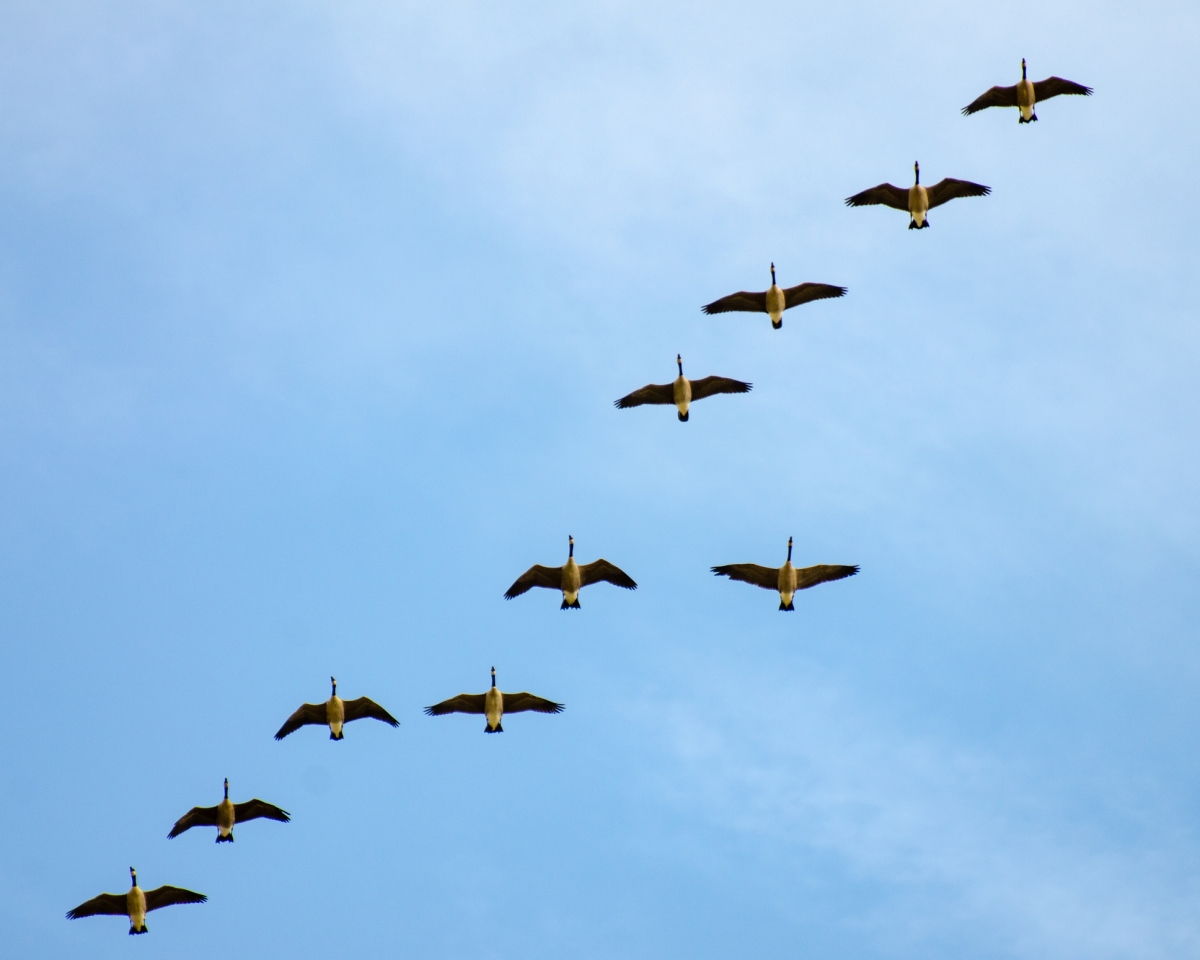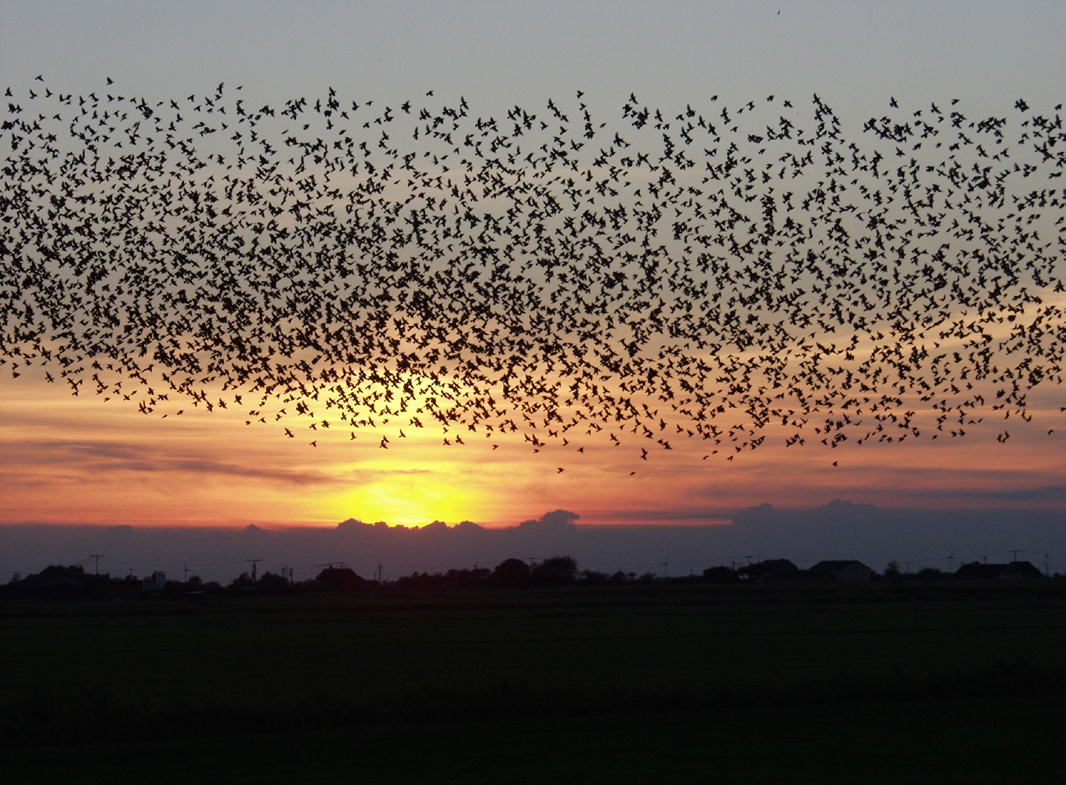

These birds become disoriented and fly toward the light, which leads to collisions with buildings. The Problem with Bright Lights for Birdsīirds use stars to navigate during their migration, but bright lights from buildings disrupt their path. One Center City building (Atrium building in the courtyard of the BNY Mellon Center, 1735 Market St) saw bird collisions decline 70% since their participation in the program in 2020. This program, run by the Audubon Mid-Atlantic and the Academy of Natural Sciences of Drexel University, asks residential and commercial buildings to turn off their lights during migration season to reduce bird deaths. Luckily, there is an easy solution: Lights Out Philly. Unfortunately, many of them collide with buildings and die due to the bright lights that confuse them. To see our gallery, download our annual reports, and read about us in the news, click here.With a simple flick of the switch, you can help protect birds from the urban environment.Įvery year, millions of birds migrate through Philadelphia. Watch our seminar on bird/glass collisions: Our work has been featured in publications by the BBC, Washington Post, and Huffington Post.

Lights Out DC is patterned after highly successful lights-out programs in Chicago, Toronto, Boston, New York City, and Baltimore, to name a few. The statistics are used to convince building owners and managers to adopt light abatement procedures for the sake of migrating birds. Injured birds are monitored and released (if recovered) or taken to City Wildlife’s rehabilitation center if their injuries are more severe.

The blow can be fatal or it can leave the birds injured and vulnerable to predators and street sweepers.ĭuring migratory seasons, Lights Out DC volunteers walk a four-mile route in downtown Washington to inspect buildings and collect dead or injured migratory birds that have collided with glass. Passing over cities, they are often attracted to artificial lights and frequently strike transparent or reflective windows. Most neo-tropical songbirds migrate at night to avoid turbulence in the air and they navigate by the stars. In urban areas, the problem worsens during periods of migration. Collisions with buildings kill more birds than any other single human factor besides habitat loss and domestic cats.


 0 kommentar(er)
0 kommentar(er)
